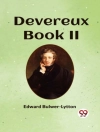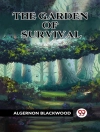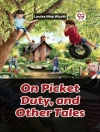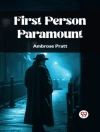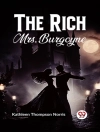In ‘Yonder’ by E. H. Young, the readers are immersed in a captivating narrative set in the English countryside, focusing on the complexities of human relationships and social hierarchies in the early 20th century. Young’s prose elegantly combines deep psychological insights with vivid descriptions of the natural landscape, creating a rich tapestry of characters and settings. The novel is a poignant exploration of love, loss, and the constraints of societal expectations, making it a timeless piece of English literature that continues to resonate with modern readers. Young’s narrative style is characterized by its attention to detail and nuanced exploration of human emotions, drawing parallels to the works of authors such as Virginia Woolf and E. M. Forster. Through ‘Yonder, ‘ Young offers a profound reflection on the human condition and the complexities of interpersonal relationships in a changing society. I highly recommend this novel to readers who appreciate nuanced character studies and beautifully crafted prose that delves into the depths of the human experience.
关于作者
E. H. Young, born Emily Hilda Young (1880–1949), was a distinguished British novelist renowned for her keen observation, wit, and insight into the lives of middle-class families, which she explored with psychological depth and a touch of irony. Best known for her William novels and the poignant ‘Miss Mole’ which won the James Tait Black Memorial Prize in 1930, E. H. Young carved out a significant place for herself in early 20th-century literature. ‘Yonder’, one of her lesser-known works, once again demonstrates her mastery of character and setting, focusing on the nuances of family dynamics and personal growth within the context of social expectations. Young’s literary style is marked by its narrative clarity and the subtle interplay between her characters’ internal and external worlds, often revealing the complexities beneath the surface of seemingly ordinary lives. Her novels remain a testament to her skill in exploring the social fabric of her time and continue to attract readers and scholars interested in the evolution of the domestic novel and the portrayal of women’s experiences in early twentieth-century England.


